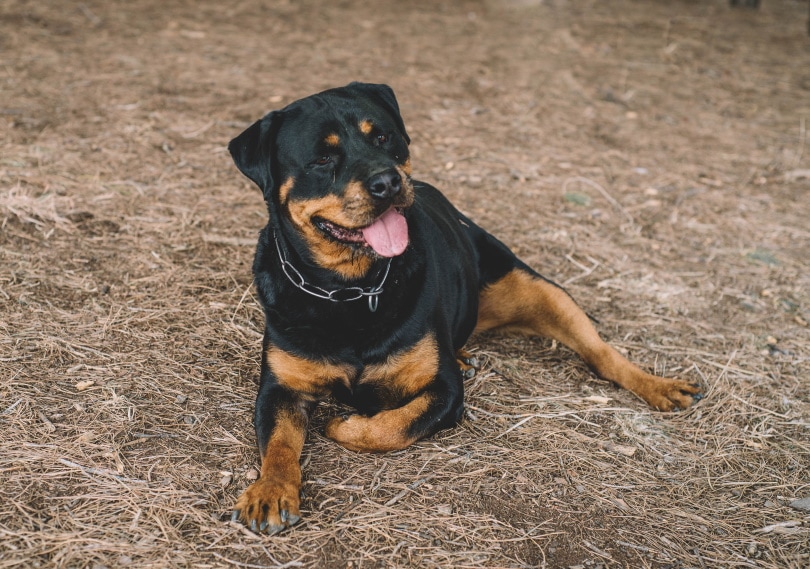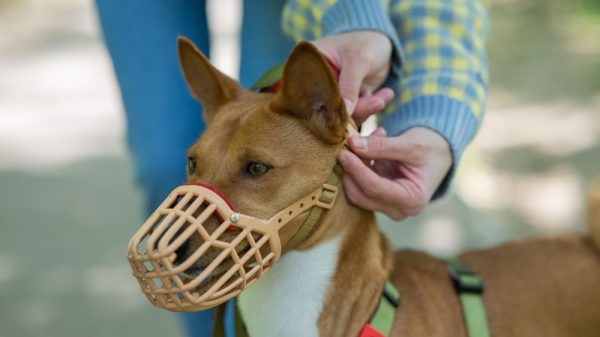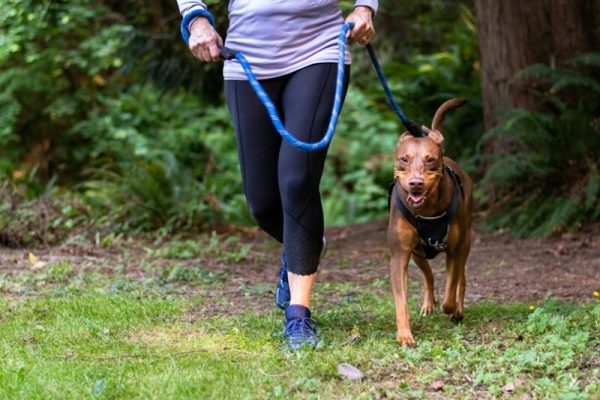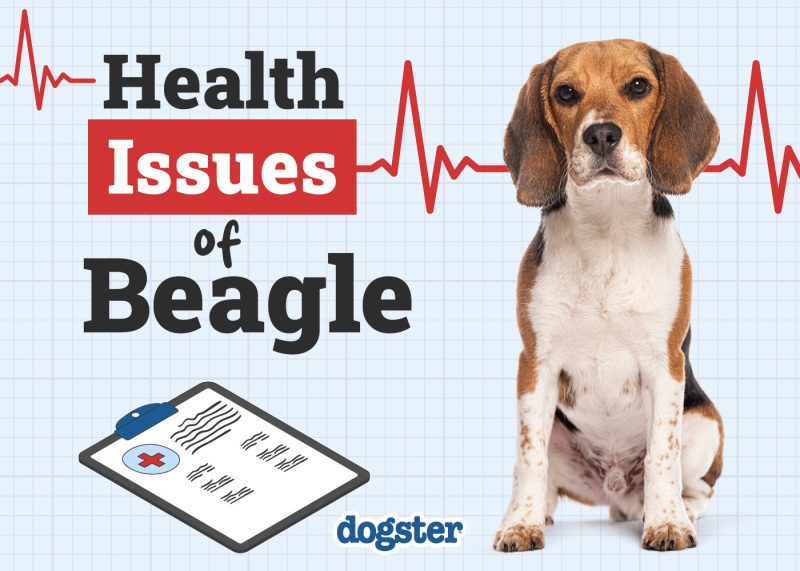Pet insurance can be an absolute lifesaver if your dog requires extensive medical care. Whether your pet ends up needing surgery to ease arthritis pain or cancer treatment, having high-quality pet insurance provides a way to ensure your finances never prevent you from delivering the best possible care for your buddy.
There’s no one-size-fits-all type of pet insurance. The amount you end up paying depends on several factors, including where you live and what kind of dog you have. Several policy types are available, each with its own exclusions and requirements.
Some policies concentrate on preventive health and provide reimbursement for regular checkups, while others only protect against catastrophic medical expenses, leaving owners to pay for routine medical care such as vaccinations. Most policies don’t cover preexisting conditions. Read on to learn about the 10 most expensive breeds for pet insurance.

The 10 Most Expensive Dog Breeds for Pet Insurance
1. Bernese Mountain Dogs

Bernese Mountain dogs are easy-going giants, with some larger males weighing more than 100 pounds. They have silky medium-length coats that provide tons of protection against the cold. Their thick fur requires regular brushing, and Bernese mountain dogs must be bathed twice a month.
Since they were initially bred as all-around farm dogs in Switzerland, they have developed a reputation for loyalty and intelligence over the years. These muscular dogs have tons of strength and can pull several times their weight. Bernese mountain dogs are prone to certain conditions, including gastric dilatation volvulus, hip dysplasia, histiocytic sarcoma, and elbow dysplasia.
2. Dalmatians
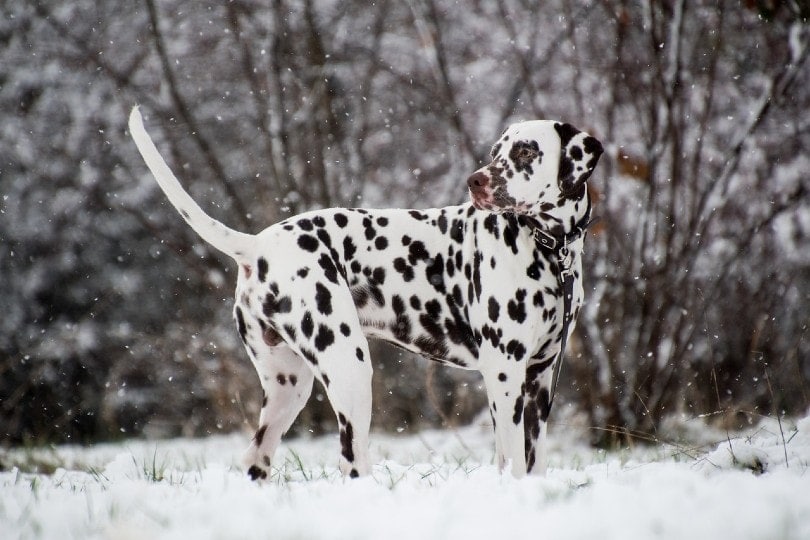
Dalmatians are medium-large dogs that can reach up to 24 inches at the shoulder. Most weigh between 45 and 70 pounds and have a life expectancy of 11–13 years. Dalmations are some of the most recognizable dogs in the world, thanks to their famous black spots and lean, elegant bodies. They were bred to guard carriages and horses and are often tapped as firehouse mascots.
Because they’re both athletic and energetic, dalmatians make great pets for runners, hikers, and those who enjoy being active in the great outdoors. The breed often suffers from conditions such as hip dysplasia, hypothyroidism, allergies, deafness, and iris sphincter dysplasia.
3. Great Danes

Great Danes are the quintessential gentle giants. Males can weigh up to 175 pounds, and females as much as 140 pounds. Male dogs can reach 32 inches at the shoulder. When standing on their back legs, most Great Danes are taller than the average human. Bred as boar-hunting companions by German aristocrats, the dogs actually don’t have any connection to Denmark.
The breed has been around for at least 400 years, but there are Chinese literary works from 1121 B.C.E. describing a similar type of large dog. The species are predisposed to developing hip dysplasia, osteoarthritis, joint disorders, and gastric dilatation-volvulus.
4. Mastiffs
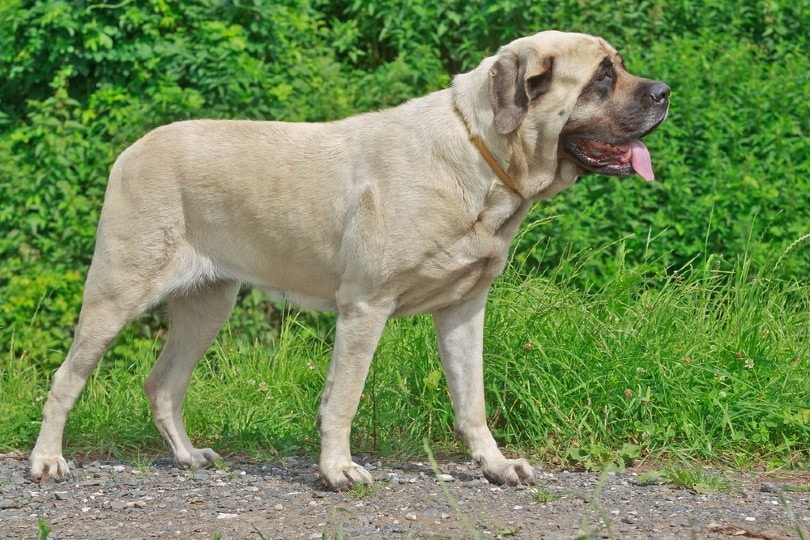
These giant dogs are known for their loyalty and fierce devotion to their human companions. They were bred to accompany warriors into battle; the ancestors of the modern Mastiffs were brought back to Rome from the British Isles by Julius Caesar in 55 B.C.E.
These astonishing dogs were used during medieval game hunts and even participated in the Battle of Agincourt in 1415.
The breed was almost driven to extinction in the United Kingdom during WWII. Male massifs can weigh more than 230 pounds and reach more than 30 inches at the shoulder. The breed often suffers from conditions such as hip dysplasia, elbow dysplasia, gastric torsion, and various eye diseases.
5. Bulldogs
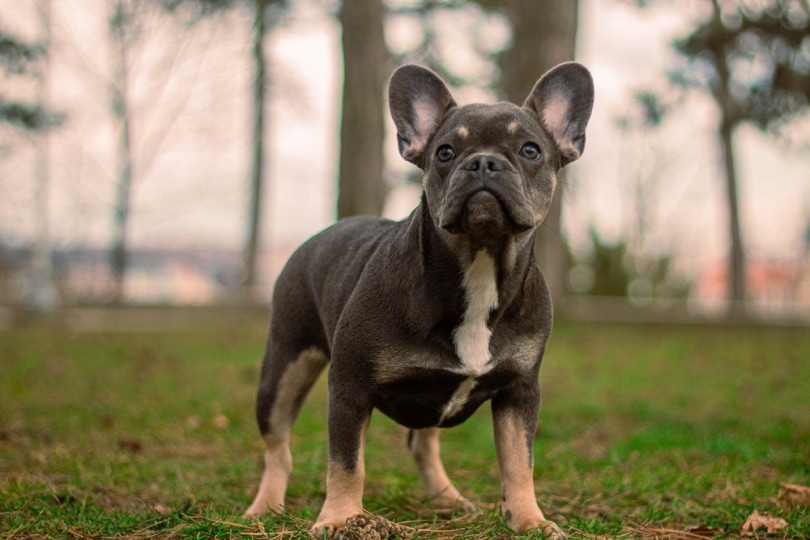
Both English and French Bulldogs can be expensive to insure. French Bulldogs are medium-sized dogs that seldom weigh more than 28 pounds. They’re muscular, have short faces, and sport adorable bat ears. English Bulldogs are a bit bigger than their French cousins. Male English Bulldogs can reach 50 pounds and grow to a height of 15 inches at the shoulder.
English Bulldogs were bred in 13th century England to fight bulls. English and French Bulldogs are brachycephalic breeds—dogs with short faces and snouts. Brachycephalic dogs often have trouble breathing in warm temperatures due to their scrunched-up faces.
These dogs also suffer from various health conditions, such as brachycephalic airway syndrome, that can make breathing difficult.
6. Doberman Pinschers

Doberman Pinschers are medium-large dogs known for their athleticism and loyalty. They were originally bred as personal guard dogs and are still often employed in police departments. Doberman Pinschers, also known as Dobies, tend to be relatively large.
Males usually weigh up to 100 pounds and reach 28 inches at the shoulder. They’re sleek, alert, and athletic.
Dobies are also incredibly intelligent, with a well-earned reputation for being easy to train. The breed is prone to developing conditions such as cervical spondylitis and hip dysplasia. Check your local laws before adopting a Dobie, as the species is commonly subjected to breed-specific bans. And many insurance companies won’t cover households that include Doberman pinschers.
7. Pit Bulls

Pit bulls are medium-large athletic dogs with signature square heads, floppy ears, and tightly coiled muscular bodies. Bred to chase livestock and stop intruders, these dogs have a high prey drive and can quickly become difficult to handle without good obedience training.
Owners describe the dogs as loving, loyal, smart, and sweet creatures with a penchant for chasing prey animals. Pit bulls tend to have higher than usual rates of hip dysplasia, degenerative myelopathy, and kneecap problems.
But most tend to be relatively healthy, with many living between 12 and 14 years old. Pit bulls are often subject to breed-specific bans, so do your homework before adopting one of these loyal, loving dogs.
8. Irish Wolfhounds
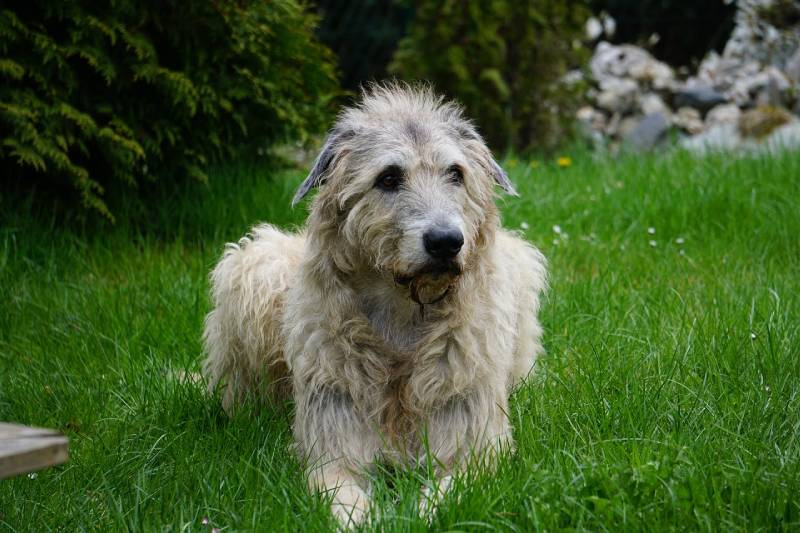
Irish Wolfhounds are enormous, long-haired dogs bred to work on farms and protect livestock from wolves. With male Wolfhounds coming in at an average of 120 pounds, these tenacious dogs are actually larger than the wolves they were bred to defend against! They have thick double coats featuring a wiry outer layer and a softer undercoat. And they’re known for their gentle patience and laid-back natures.
Most Wolfhounds are friendly towards strangers and accepting of other pets. These gentle dogs have relatively short lifespans, with most living around 5–7 years. Wolfhounds often suffer from conditions such as von Willebrand’s Disease, megaesophagus, cardiomyopathy, and osteochondritis dissecans.
9. Rottweilers
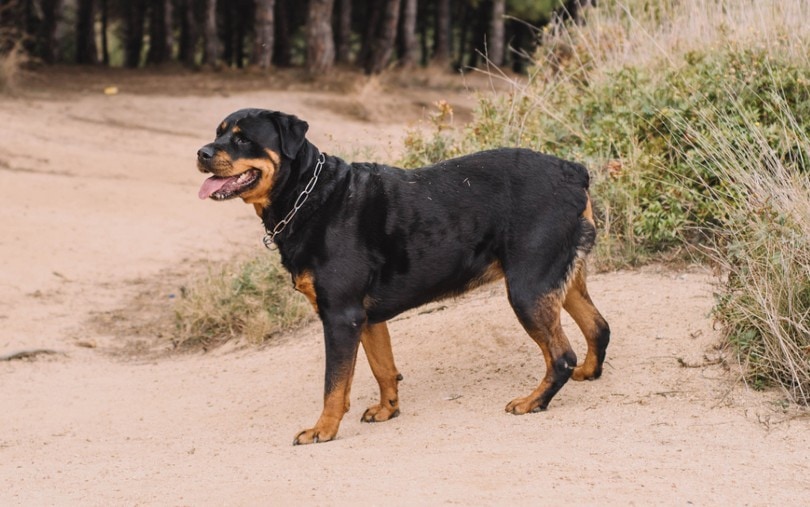
Rottweilers are stunning, muscular dogs with gorgeous shimmery dark coats. They’re loving and loyal and make excellent companions for the right owner. These protective dogs require tons of attention and good training to keep any tendencies toward aggression under control.
Rottweilers are descended from Roman Legions’ herding dogs. In the Middle Ages, the dogs were used to herd cattle and protect flocks from human and animal threats. Because of their sharp intelligence and easy trainability, these dogs often work on search and rescue teams.
Others do well as guide dogs for the blind. Rottweilers often suffer from progressive retinal atrophy, hip dysplasia, cataracts, subaortic stenosis, and epilepsy.
10. Boxers
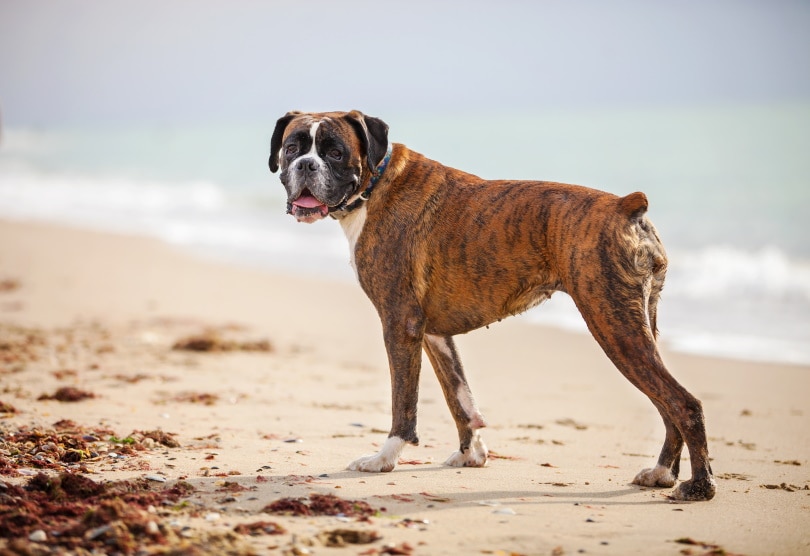
Boxers are muscular working dogs that love a good snuggle. These medium-large dogs have a life expectancy of 10–12 years. Male boxers can weigh up to 80 pounds and reach 25 inches at the shoulder.
Boxers are compact, wiry, powerful, and muscular dogs descended from heavier German hunting dogs used by nobles to bring down boars, bison, and bears.
Starting in the 1800s, these heavier hunting dogs were transformed into adorable boxers with athletic looks and gentle personalities. Boxers are a brachycephalic breed, so they’re predisposed to developing breathing problems and upper respiratory infections. They’re prone to overheating and often have difficulty regulating their temperatures in warm conditions.

Conclusion
Pet insurance helps pet owners avoid being hit with high medical and dental bills. There are many policies to choose from, making it possible to find a plan that meets the specific needs of you and your pet.
Some plans provide coverage for routine care, and others are designed to keep owners from being saddled with exorbitant costs. The amount you pay depends on several factors, including your dog’s breed and age; older and larger dogs are often subject to higher premiums.
See Also:
Featured Image Credit: Dolores Preciado, Shutterstock
